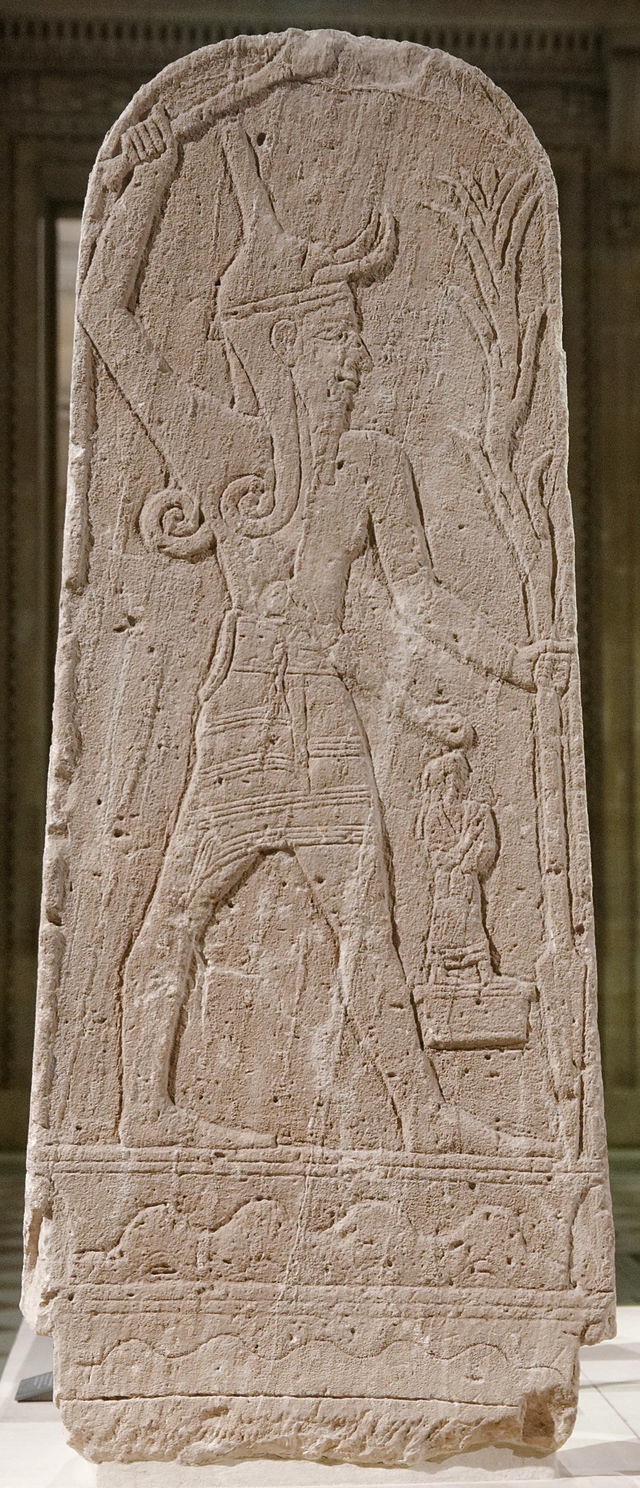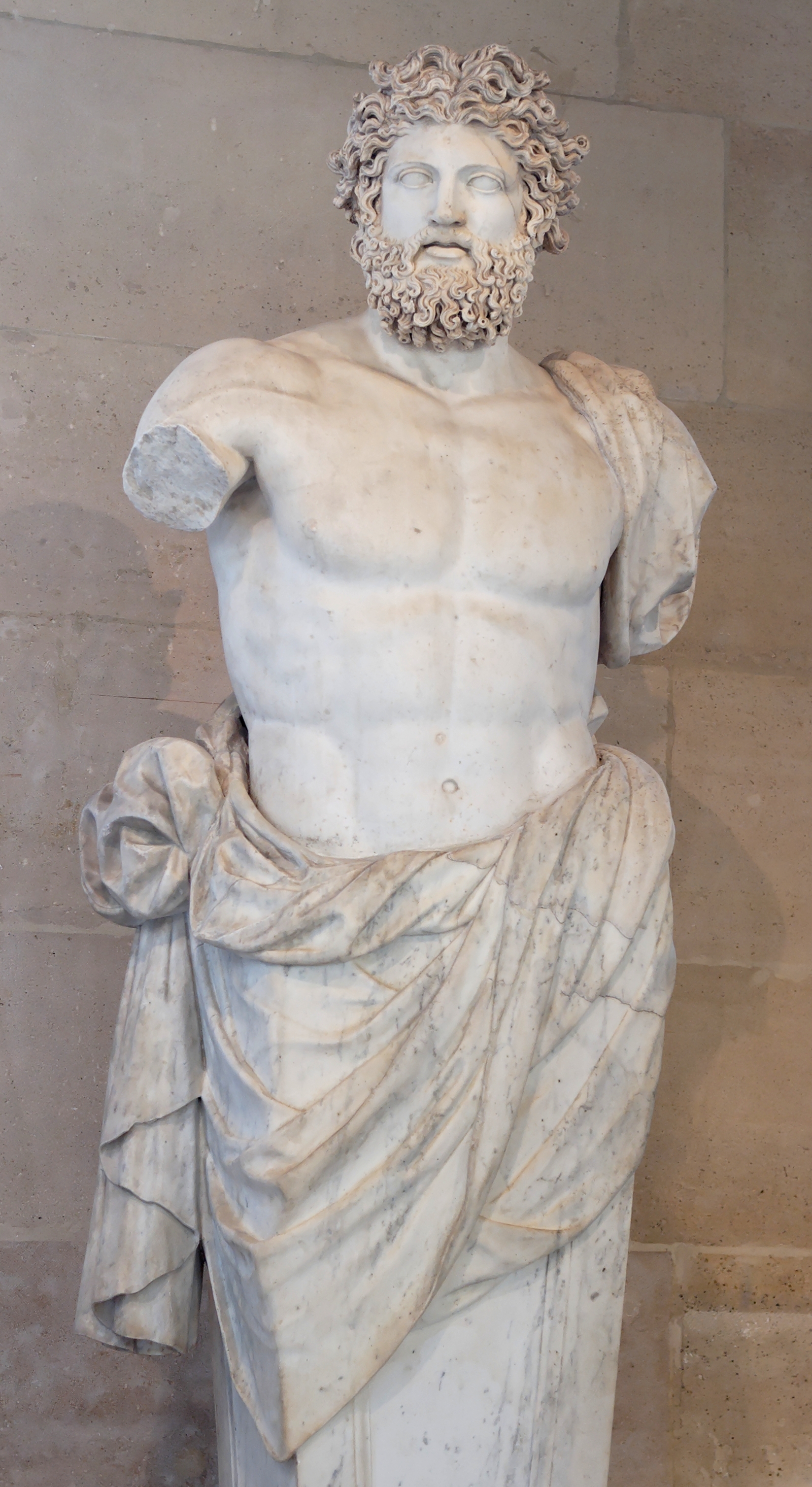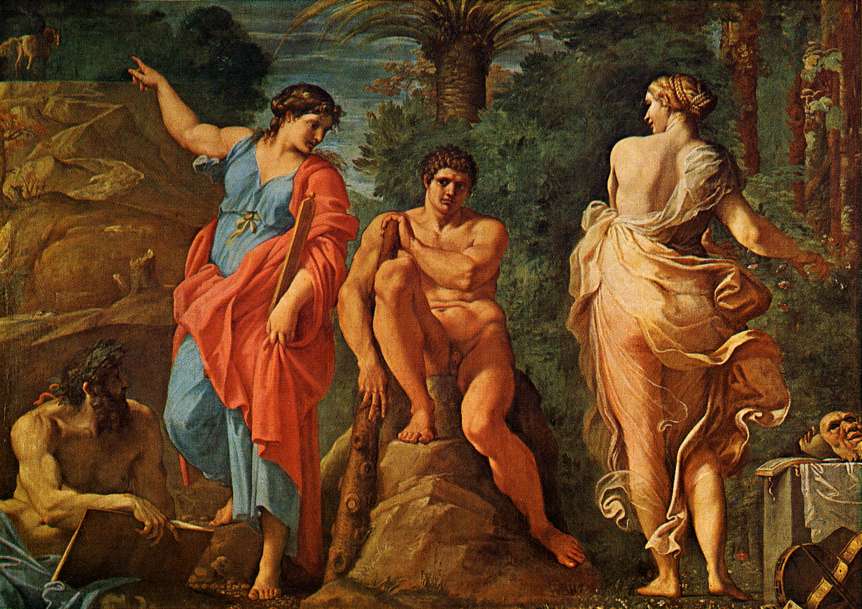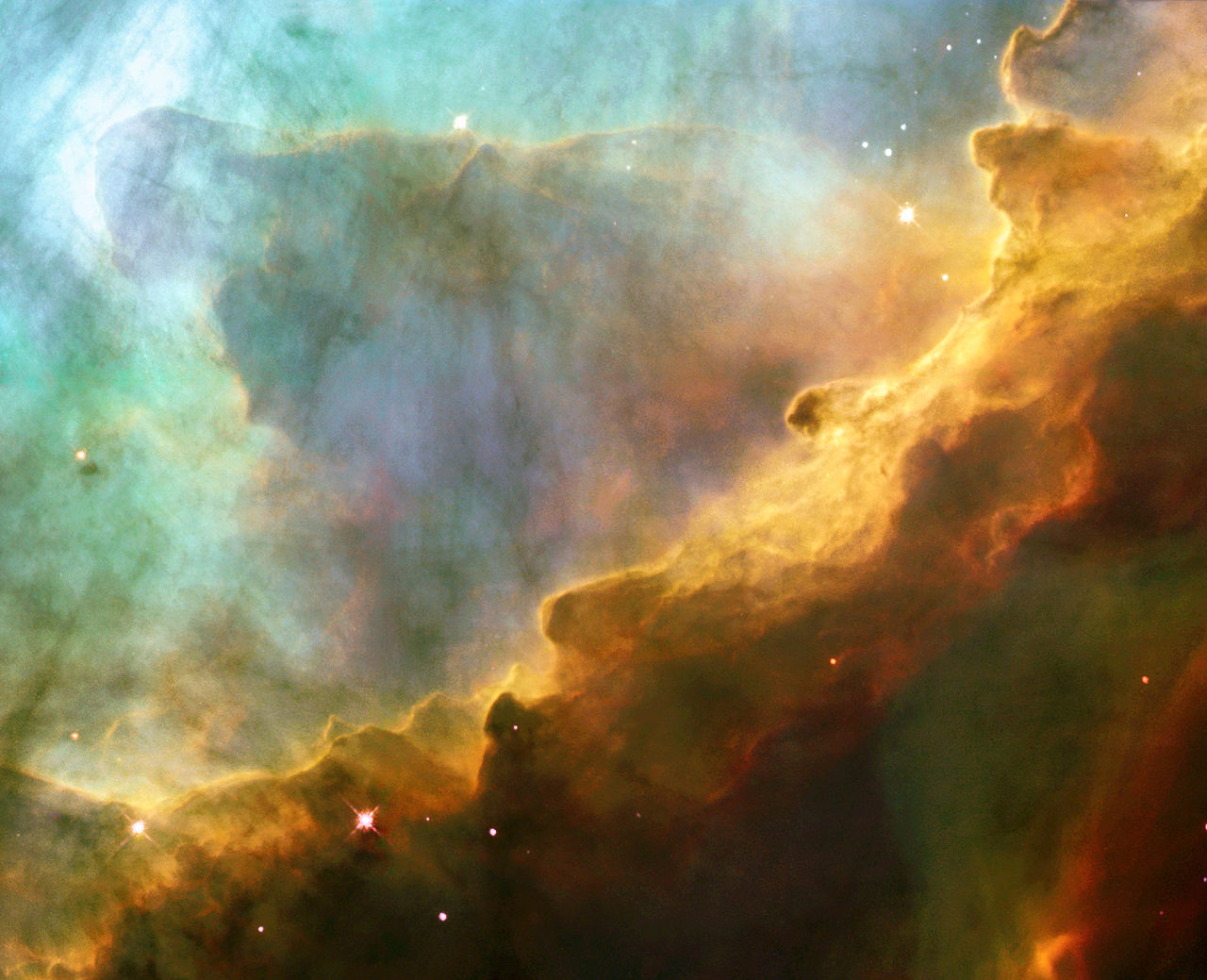|
Baal Yahweh Zeus Hercules ~ Views of God |
|
|---|---|
 |
Limestone image of Baal, Caanite storm god, about 1400 BC, Musee du Louvre, Paris. |
From Canaanite Myths: "Baal was the son of El, the supreme Canaanite deity. Baal was also the rain and storm god. Baal was killed by the god Mot, god of sterility and drought and death. El mourns Baal’s death and the goddess Anath recovers Baal’s body and slays Mot. Baal is brought back to life and fertility in the land is restored after seven years of drought. "
Life, death and rebirth is a common theme in mythology and ancient religions - even in our own. The Baal religions came from areas of the middle East including Phoenicia on the Mediterranean coast, and survived in various forms in Egypt, Babylon, Assyria, Persia, India, Greece and Rome. The Hebrews interacted with the Canaanites and other cultures for perhaps a thousand years and absorbed their customs, language and traditions of their religions. The mythology of the Canaanite and ancient Middle Eastern religions included a pantheon of gods and goddesses, and often the theme was fertility as was common in many ancient religions. The discovery in 1929 of evidence of the Canaanite religion at Ugarit, modern Ras Shamra in Syria, changed religion historians’ view dramatically. However, much of this information has not made its way into the common Christian culture. Why cannot Judaism and Christianity see its own mythology?
Yahweh may have originally been one of the Canaanite Gods. There is archeological evidence for Yahweh and Asherah cults. Asherah was a goddess and consort, or companion, of Yahweh and/or Baal. At times in the history of Israel, some of the Hebrews became involved with these cults to various degrees. But the Old Testament shows that the Hebrews always came back to their faith in one God. El is the Semitic word for God. Abraham’s God was called El, meaning Lord, or Elohim. Moses at Mount Sinai renamed God as Yahweh or Jehovah, YHWH in Hebrew letters. It is said that the Jewish religion has many names for God, some to sacred to utter.
Exodus 3:14 "I am who I am." "The Creation of Light", in the Bible Illustrated by Gustave Dore', 1866. |
|---|
The ancient Hebrews left little art or images or religious artifacts - in keeping with the second of the so-called Ten Commandments - in the Christian traditon, paraphrased, is
“Thou shalt not make unto thee any graven image”.
How is Zeus or Jupiter different than Yahweh? They are both storm gods.
But, whereas, Zeus had many affairs with human women, Yahweh did not.
Marble bust of Jupiter, Roman god of sky and thunder, 2nd Century CE, Musee du Louvre, Paris
|
 |
|---|---|
|
The Choice of Hercules by Annibale Carracci, 1596, Capodimonte Gallery, Naples
|
 |
Hercules is shown, with his club, at the cross road of Virtue, on the left, pointing to the high and hard road, and Pleasure, on the right, leading to the easy path.
Hercules (Heracles) was the son of the god Zeus and the beautiful, but mortal human Alcmene, daughter of Perseus. Hera (Juno) goddess and wife of Zeus, was jealous of Heracles, and often try to torment him. Often mythlogy shows the human dilema and puts human characteristics into their gods. How often do the Christians say "God wants us to do ..." - as if us can know what a God wants. Humans want. How can God want?
Apparently, in ancient times, it was not unusual for the gods and goddesses to comes to earth and for men, such as Julius Caesar, to become divine (his followers said so). How is Jesus, Son of God , any different from any of this ?
If we look objectively, we can see how the view of God evolved. And this can free us from having to explain and justify untenable positions presented by the Scriptures.
There are actually two creation stories in the Bible - how can that be?

